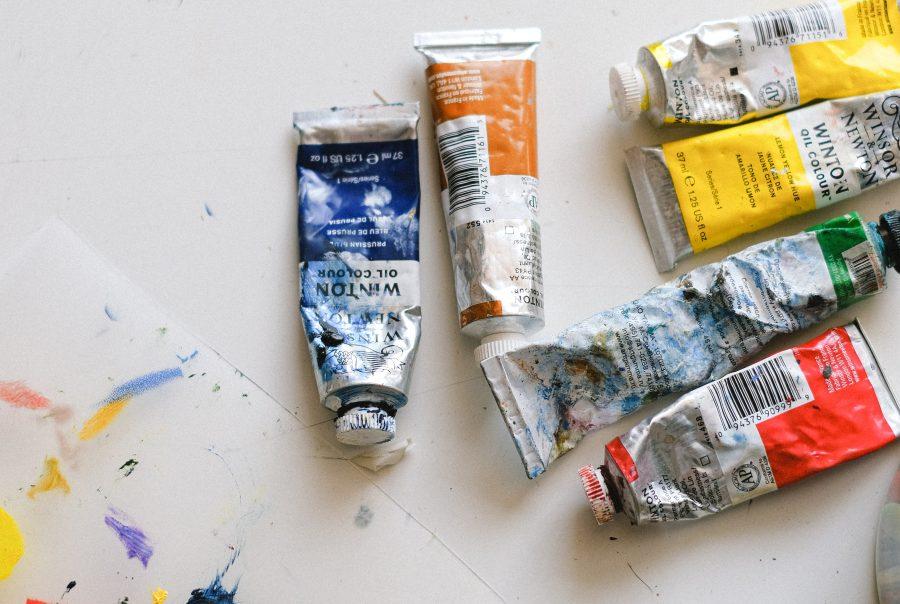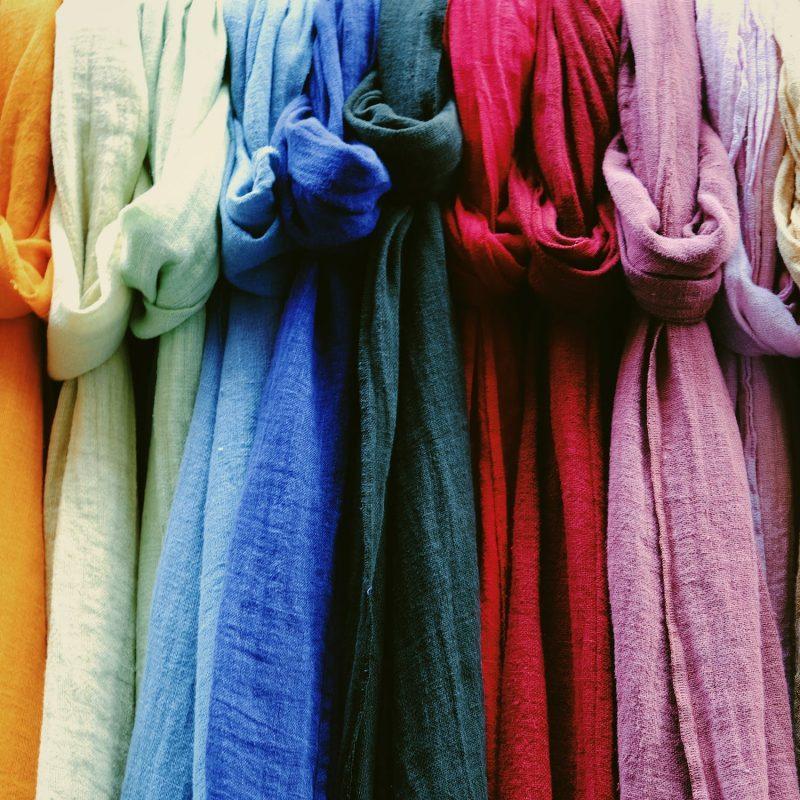
One undeniable truth is that colors make the world a beautiful place. Imagine the blue skies, green trees, yellow sunflowers, brown beach sands, and multi-colored peacocks; what if they were all without color? Life would most definitely be bleak, isn’t it? Colors play major roles in our day-to-day life – roles that go beyond just beautification; to be a powerful communication tool, a signal action, and even influence physiological reactions. We also often associate color with moods, including “feeling blue” or being “in the pink. So it is important to know how color psychology works and how the colors you choose affect you.
The advent of color in television, print, advertisement, and marketing has been well known for utilizing color psychology and its effects. Brands and firms invest in researching how to use colors to emotionally tap into their target markets. Daily, colors are being used in strategic attempts to encourage trust, feelings of vigor or calmness, spread positivity, and even make others hungry. These are just a few of the numerous ways in which colors play subconscious roles in our daily decisions and activities.
From fabrics to prints, artworks, accessories, furniture, and clothing, all lifestyle goods are made of colors, which have strategically been positioned to psychologically affect our environment, minds, and everyday lives. Interestingly, certain shades or tones have different effects on the mind, body, and soul.
There are two recognized psychological effects of color – warm and cool. Colors such as orange, yellow and red are warm colors, and the emotions they spark are ease, hostility, anger even hunger too. The colors blue, purple, and green are cool colors, often because these colors have been known to spark feelings such as calmness, nature, and serenity.


The color purple, for instance, has been known to help spark creativity, depict royalty, and also assist in creating a peaceful surrounding. It is made up of blue and red, which in its way creates a balance between serenity and stimulation which is believed to spark creativity. The color green and blue have been known to be connected with peace and calm. Scientific logic backs it up because the eye is said to focus the color green on the retina and it is said to be less strainful on the eye muscles. While blue can be naturally said to lower blood pressure and also decrease respiration.
Warm colors such as orange, yellow, and red also have been known to have different psychological effects on us. Come to think of it, the sun, fire, heat, and hazardous signals all happen to have the colors red, yellow, and orange. These warm colors on the other hand can also be effective in creating a stimulating environment and also stirring hunger. The hunger emotion is triggered because warm colors are frequently associated with food and can inspire the stomach to communicate hunger to the brain. The color orange can be said to be a strong, uplifting, energetic, and attention-grabbing color that is often used in advertising because of its ability to instantly grab attention. It is said to be cautious when using the colors orange and yellow, they happen to reflect more light and extremely stimulate the eyes which could also lead to irritation.
Now, take some moment to look at the fabric you’re wearing or the decor around you, and think about the color qualities which attract you to it. What attracts you to an item of clothing or artwork? How does it make you feel? Happy, calm, distressed, or excited? Learning to understand color will help you select goods that positively impact you mentally, emotionally, and psychologically.
